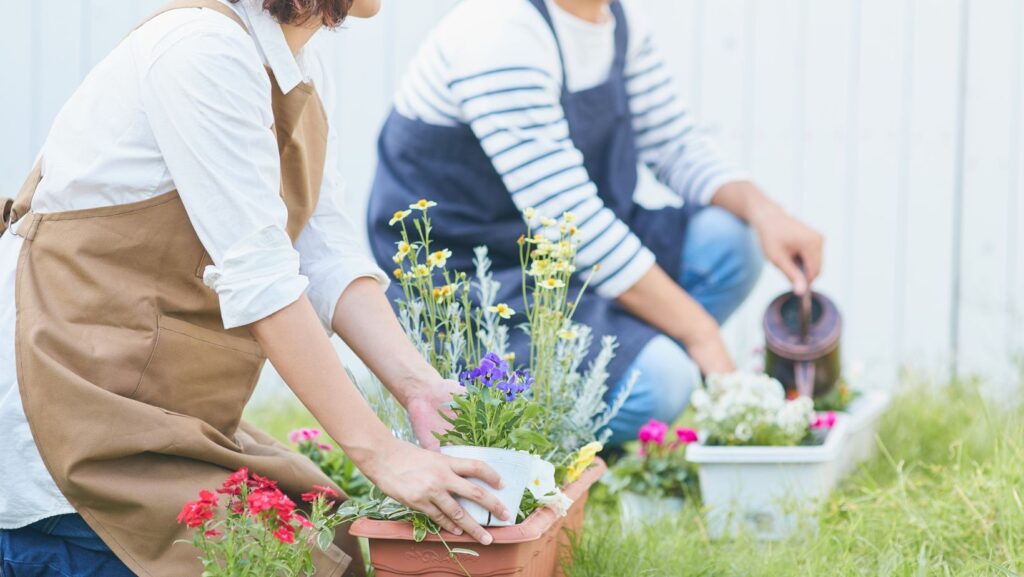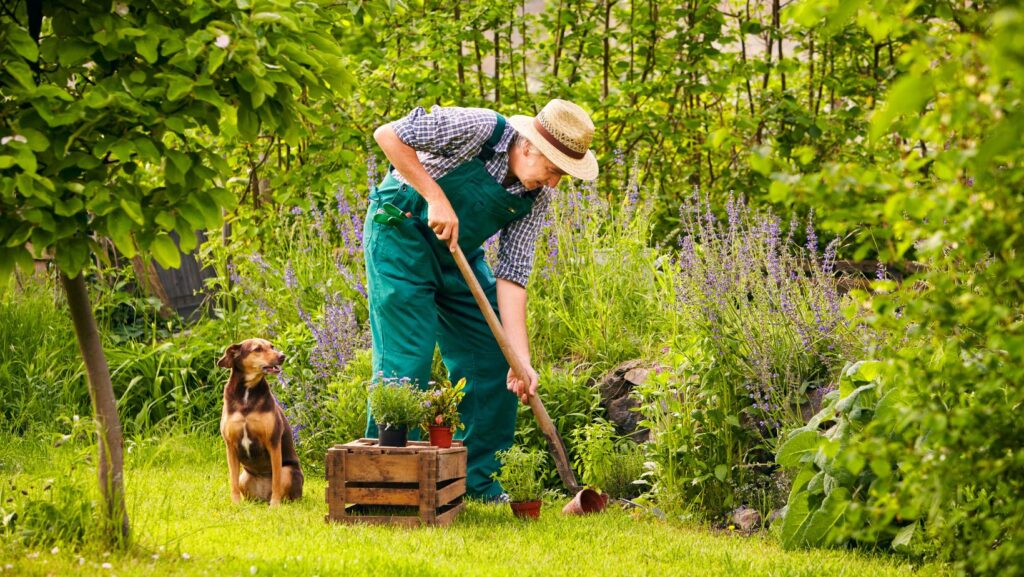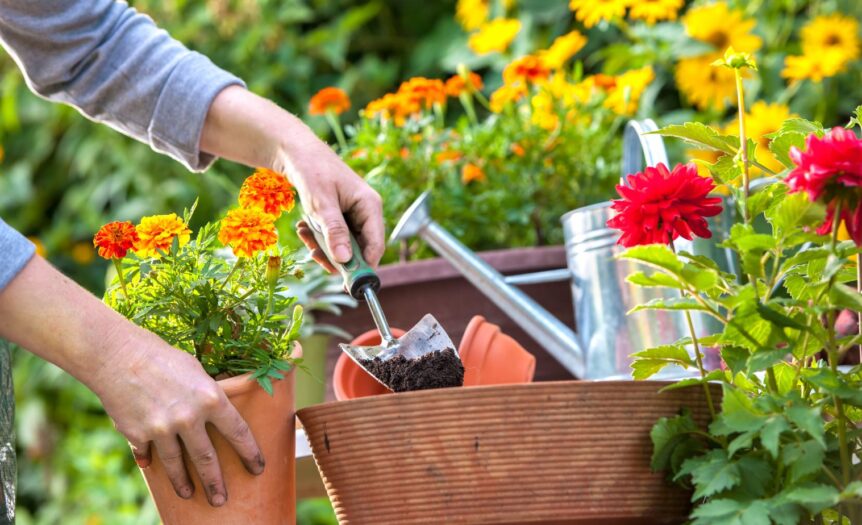Many beginners in gardening overlook the sunlight or shade requirements of their plants. This can lead to poor growth. It’s not watering and soil—it’s about getting the light in balance. Where you place it on your patio matters if you’re sunny or shady. I made that mistake. I planted a bed of flowers that thrive in sunlight in a shady spot. They never lived. Getting to know sun and shade matters. It can save you time, money, and aggravation.
This knowledge is as vital as picking the right tools or using Spinando for gardening tips and outdoor ideas.
Sun & Shade Basics
Knowing where to place your plants based on how much sun and/or shade they will get is the secret of gardening. Sun or shade, as well as growing zones, can actually make a big difference in whether flowers and plants will grow well.
When I was first married, we had a little garden bed at the front of our house. It was mostly shade, but that didn’t mean anything to me back then. I filled that garden bed full of flowers that loved the sun. And guess what? They didn’t do well there at all. Everything was sparse and looked ragged. Some flowers didn’t even bloom at all. I couldn’t figure out why. Now I know it was because I had planted sun-loving plants in a bed that got 90% shade.

Plants need sunlight to grow and stay alive. That’s basic science from elementary school. They don’t all need the same amounts and types of sunlight, yet. When looking at a plant tag, you’ll see an area that describes the amount of sun needed for that particular plant. This is an important bit of information to help that plant/flower thrive.
Full Sun
Plants and flowers that have this on their tag need at least 6 hours of direct sun each day. That means the sunlight needs to actually be shining directly on their leaves/buds. These plants thrive in these conditions. Dahlias are a good example of this. I have my dahlias on the side of my house that gets the most sun during the day. They love it! When planting flowers and plants that love full sun, be careful of trees, fences, buildings, and big shrubs. They can block sunlight.
Some examples of flowers that like full sun are petunias, marigolds, lavender, echinacea, zinnias, and Daisies.
Partial Sun & Partial Shade
Partial sun plants like sun, not too much of it. About 4-6 hours of direct sun is perfect for these plants. They tend to do best with morning sun because the temps are cooler and they don’t get as hot. I plant my partial sun plants on the east side of my house. They prefer morning sun and get shade as the day warms up. They will do well along a fence, a tree, or a wall that will give them some much-needed shade during the day. Just make sure they are still getting a minimum of 4 hours of direct sun.
Flowers that thrive in partial sun are hydrangeas, daffodils, impatiens, and vinca.
Shade
Shade plants need some light to survive and bloom but not much direct sunlight. Less than 3 hours of sunlight is the best for such flowers and plants. Shade plants have beautiful, deep green foliage and thrive in low temperatures. My little flower bed in my first house needed some lovely shade-loving plants and flowers.

Some examples of shade plants are hostas, bleeding hearts, astilbe, ferns, begonias, and fuchsias.
One of the most amusing aspects of plants is that they are survivors. Of course, we want them to thrive, but a lot of them can get by on what they’re given. A lot of these sun situations have to do with the climate you live in, also. On the Oregon Coast, I’ve seen so many beautiful blue hydrangeas that seem to be in full sun spots. The coast is cooler, yet the foggy and hazy skies work well for those flowers there. It is advisable to see what other individuals are growing around where you are. It will guide you in the correct way of choosing shade and sun-friendly plants for your garden.



